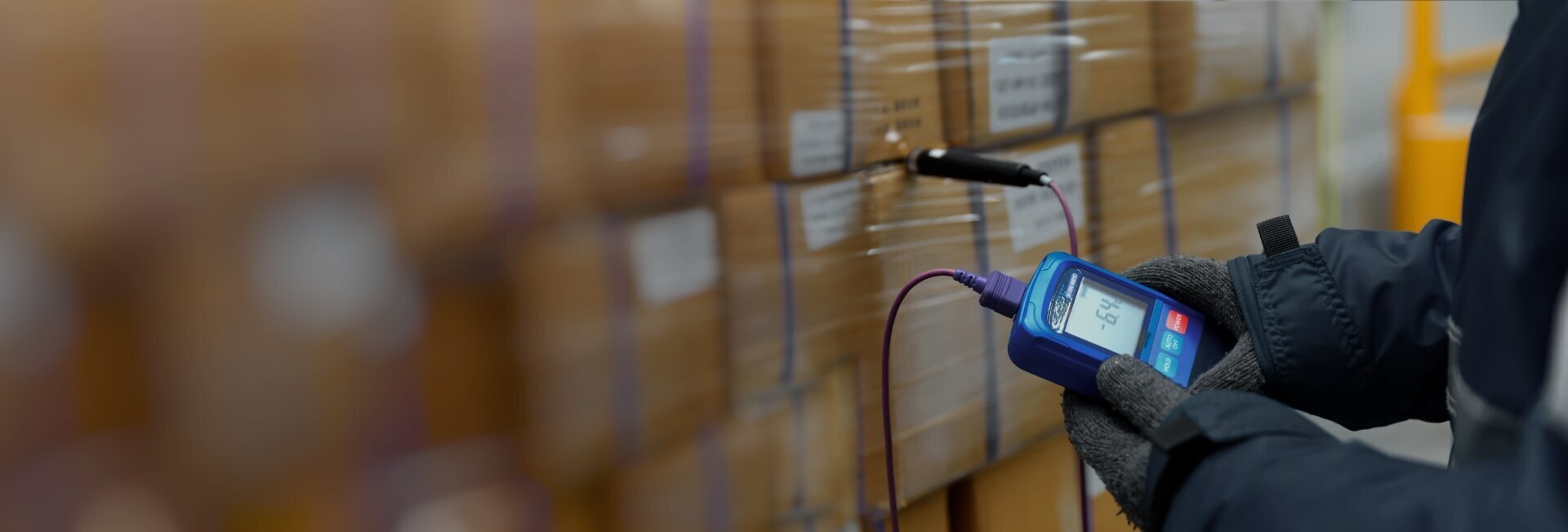
The benefits of using green roofs and walls for cooling purposes
- Home
- Resources
- Cooling Unit Manufacturing Insights
- The benefits of using green roofs and walls for cooling purposes
Introduction
As the world continues to face the challenges of climate change and rising temperatures, finding sustainable and environmentally friendly solutions for cooling becomes increasingly important. Traditional cooling systems, such as air conditioners, consume a significant amount of energy and contribute to greenhouse gas emissions. However, there is a growing trend towards using green roofs and walls for cooling purposes, which offer a range of benefits for both the environment and building occupants. In this article, we will explore the advantages of using green roofs and walls for cooling and how they can contribute to a more sustainable future.
Reduced Energy Consumption
One of the key benefits of green roofs and walls for cooling is their ability to reduce energy consumption. Traditional cooling systems rely on electricity to cool buildings, which can place a strain on the power grid and contribute to high energy bills. Green roofs and walls, on the other hand, use natural processes to cool the surrounding area. The vegetation on green roofs and walls helps to absorb and evaporate heat, reducing the need for artificial cooling. This can result in significant energy savings for building owners and operators.
Improved Air Quality
In addition to reducing energy consumption, green roofs and walls also contribute to improved air quality. Plants absorb carbon dioxide and release oxygen, helping to purify the air and reduce pollution. This is particularly important in urban areas, where air pollution can have a detrimental impact on human health. By incorporating green roofs and walls into buildings, we can create cleaner and healthier environments for people to live and work in.
Enhanced Thermal Insulation
Another advantage of green roofs and walls for cooling is their ability to provide enhanced thermal insulation. The vegetation on green roofs and walls acts as a barrier, preventing heat from entering the building during hot weather and retaining heat during colder seasons. This can help to stabilize indoor temperatures and reduce the need for artificial heating and cooling. By improving thermal insulation, green roofs and walls contribute to greater energy efficiency and cost savings for building owners.
Urban Heat Island Mitigation
Urban heat islands are urban areas that experience significantly higher temperatures than their surrounding rural areas. This is due to the concentration of buildings and pavement, which absorb and retain heat. Green roofs and walls can play a crucial role in mitigating the effects of urban heat islands. The vegetation on green roofs and walls helps to absorb heat and release it through evapotranspiration, effectively cooling the surrounding air. By incorporating green roofs and walls into urban areas, we can help to reduce the impact of urban heat islands and create more comfortable and livable cities.
Reduced Stormwater Runoff
Green roofs and walls also offer the benefit of reducing stormwater runoff. Traditional roofs and paved surfaces are impermeable, causing rainwater to run off into storm drains and potentially overwhelming the sewer system. Green roofs and walls, however, absorb and retain rainwater, reducing the amount of runoff. This not only helps to alleviate the strain on the sewer system but also contributes to groundwater recharge. By implementing green roofs and walls, we can manage stormwater more effectively and reduce the risk of flooding in urban areas.
Improved Biodiversity
By incorporating green roofs and walls into buildings, we can create habitats for plants and animals, contributing to improved biodiversity. Urban areas are often characterized by a lack of green spaces, which can have a negative impact on biodiversity. Green roofs and walls provide opportunities for native plant species to thrive and attract insects, birds, and other wildlife. This can help to create a more ecologically balanced urban environment and support the health of ecosystems.
Conclusion
Green roofs and walls offer a range of benefits for cooling purposes, including reduced energy consumption, improved air quality, enhanced thermal insulation, urban heat island mitigation, reduced stormwater runoff, and improved biodiversity. By incorporating green roofs and walls into buildings, we can create more sustainable and environmentally friendly spaces that contribute to a greener future. As the demand for cooling continues to increase, it is crucial to explore innovative and sustainable solutions like green roofs and walls that can help to mitigate the impact of climate change and create healthier and more livable cities.
Related Blogs
The importance of education and awareness in promoting the adoption of green cooling technology
Read More